Samsung and Apple are stepping into the ring with their most ambitious mixed-reality headsets yet, each taking radically different approaches to the future of spatial computing. Two headsets. Two playbooks. Samsung's newly launched Galaxy XR enters as the challenger, priced at $1,799 compared to Apple's premium Vision Pro at $3,499. The Galaxy XR marks Samsung's first major push into premium mixed reality, developed through partnerships with Google and Qualcomm, while Apple's Vision Pro has recently been refreshed with the powerful M5 chip. It boils down to two clear visions for XR technology, one leans into accessibility and AI, the other chases desktop-class performance at a premium price.
Display technology: Where pixels meet performance
The visual experience can make or break an XR headset. Samsung's Galaxy XR pushes pixel math hard, featuring dual 4K micro-OLED displays with 3,552 x 3,840 resolution per eye, about 27.3 million total pixels. That density, 4,032 PPI, should keep text tack sharp and tamp down the screen-door effect that still haunts many VR setups.
Apple's Vision Pro counters with 23 million pixels total at 3,386 PPI. Lower on paper, still gorgeous in the lens. Where Apple presses its advantage is motion handling, with refresh rates up to 120Hz compared to Samsung's 90Hz maximum. Whip your head while gaming or streaming sports and you feel it, that 30Hz gap smooths blur and boosts comfort.
Color tells its own story. Samsung claims 95% DCI-P3 color coverage, while Apple delivers 92% DCI-P3. Both support spatial audio, though Apple has a slight edge with personalized HRTF for pinpoint sound. Need razor crisp documents and code? Samsung's higher pixel density shines. Prefer fluid motion for games and fast cut video, Apple takes the crown with its faster panel.
Processing power: Mobile efficiency vs desktop-class performance
Under the hood, the philosophies split. Samsung's Galaxy XR runs on Qualcomm's Snapdragon XR2+ Gen 2 chipset, with a 6-core CPU and 8-core GPU tuned for mobile XR. This route favors power efficiency and cooler thermals, key when the computer sits on your face for hours.
Apple goes the other way, dropping in the M5 chip featuring a 10-core CPU, 10-core GPU, and 16-core Neural Engine. The processor is built on 3nm technology, bringing Mac-like horsepower to mixed reality. That unlocks demanding work, like 3D modeling or video editing, without blinking.
You feel the gap in multitasking. Both headsets include 16GB of RAM and 256GB of storage, with Apple offering more storage tiers up to 1TB. Early feedback suggests the Vision Pro delivers smoother operation with less lag when you stack apps side by side. Samsung's efficiency focus pays off elsewhere, better battery behavior and less heat during long sessions.
Design philosophy: Comfort meets premium materials
Design is where daily comfort shows up first. Samsung goes light and wearable, with the Galaxy XR at 545 grams. The weight savings come from lighter plastics compared to Apple's aluminum alloy construction. Planning a 3 to 4 hour edit, or a full commute with the headset on, that difference matters.
Apple's Vision Pro lands heavier at 600-650 grams for the original model, and the new M5 version ticks up to 750-800 grams. Premium materials and beefier internals add polish, and weight. Expect about 200 to 250 grams more pressure on your neck and face, roughly like strapping an extra smartphone up top.
Strap systems echo those priorities. Samsung uses a dial-adjust strap with cushioned forehead pad. Apple opts for a Dual Knit Band with premium fabric. Both try to spread weight evenly. Samsung's lighter frame starts with an advantage if all day comfort ranks higher than luxe materials.
Operating systems and AI integration: Android XR vs visionOS
Software is where the philosophies feel furthest apart. Samsung's Galaxy XR launches as the first headset running Android XR, Google's new mixed-reality OS. It brings deep Gemini AI integration at the system level, so you can hold a conversation with your headset about what it sees in front of you. Imagine walking through a museum and asking for the story behind a painting, or getting real time translation of signs while traveling abroad. That kind of contextual help feels like a new way to compute.
Apple's visionOS centers on tight integration with the Apple ecosystem. Apple Intelligence features are available, yet Siri lacks the conversational experience that Gemini offers on the Galaxy XR. The trade off, seamless Mac, iPhone, and iPad workflows. If your files and apps already live in Apple's world, your stuff just shows up.
On apps, Apple holds the early lead, with over 1 million compatible apps and hundreds of native spatial applications. Samsung arrives with around 30 native games, plus all Android apps working at a base level. Looking ahead, Samsung's open approach may snowball, since Android XR will not be unique to Galaxy XR and other manufacturers can join the party.
Battery life and practical usage: Power management strategies
Battery life still pins XR to the ground. Both companies use external battery packs, a practical compromise until headsets get more efficient. Samsung's Galaxy XR offers up to 2 hours of general use and 2.5 hours of video playback, powered by a 302-gram battery pack.
Apple's Vision Pro stretches a bit further with 2.5 hours of general use and 3 hours of video playback, paired with a heavier 353-gram battery pack. Both can run while charging for marathon sessions.
These numbers point to real world use. With the most popular application being personal theater experiences, both headsets handle a feature film just fine. Replacing a full desktop for a workday, not yet. We are still in early adopter territory, where XR complements a laptop instead of canceling it.
Value proposition: Premium accessibility vs ultimate performance
The price gap is not just math, it is a strategy. Samsung's $1,799 tag puts the Galaxy XR at nearly half the cost of the Vision Pro. That makes premium XR attainable for enthusiasts, small teams, and classrooms that could not swing Apple's sticker price.
Apple's $3,499 starting point speaks to its premium lane and performance goals. Vision Pro targets enterprise users, creative pros, and early adopters who want the best experience and have the budget to match. If you are doing architectural walkthroughs or cutting video in spatial environments, the extra muscle can earn its keep.
Samsung sweetens the pot with an explorer pack including a free year of Google AI Pro, YouTube Premium, and NBA League Pass, a nice bundle for media heavy users. Apple, as usual, leans on ecosystem cohesion and polish to justify the higher price, betting its integrated hardware and software deliver enough value.
Both companies frame these devices as early moves. Samsung calls the Galaxy XR the "opening act" with more advanced products like smart glasses expected in the future. Apple keeps iterating on Vision Pro with updates and new chips. The runway ahead looks long.
The verdict: Different paths to XR's future
Two compelling headsets, two distinct bets on mixed reality. Samsung's Galaxy XR brings serious specs at a friendlier price, backed by Google's AI know how and Android's openness. It is lighter, easier to wear for hours, packs higher resolution displays, and folds in useful AI interactions, all while costing far less. That makes it an easy pick for consumers, educators, and small businesses taking their first big step into premium XR.
Apple's Vision Pro answers with stronger processing, smoother multitasking, and the lock tight ecosystem integration Apple users expect. The higher refresh rate displays, the M5's desktop-class performance, and a mature app catalog help justify the premium for enterprise teams, creative pros, and enthusiasts who want the top tier experience.
So which one fits? It depends on your work, your wallet, and the tech you already own. If comfort, cutting edge clarity, and system level AI at a fair price are your priorities, Samsung's Galaxy XR is a standout that pushes premium XR within reach. If you prize raw speed and seamless Apple workflows, and you are already in that ecosystem, Vision Pro remains the premium choice despite its weight and cost.
The best part, the competition itself. This rivalry is already speeding up progress in XR, pushing prices down and usefulness up. Consumers win here, with two clear ways to enter high end mixed reality, each with a distinct philosophy for where the tech should go next.




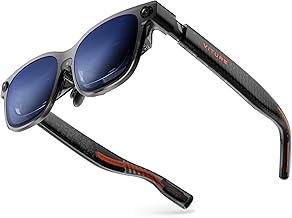


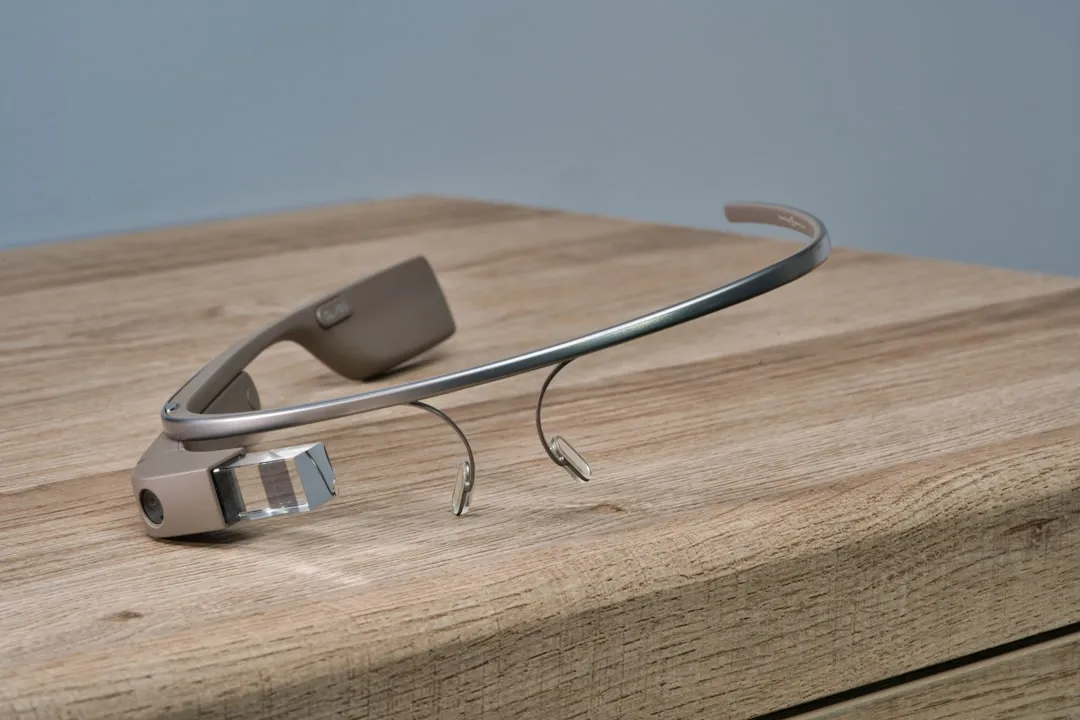
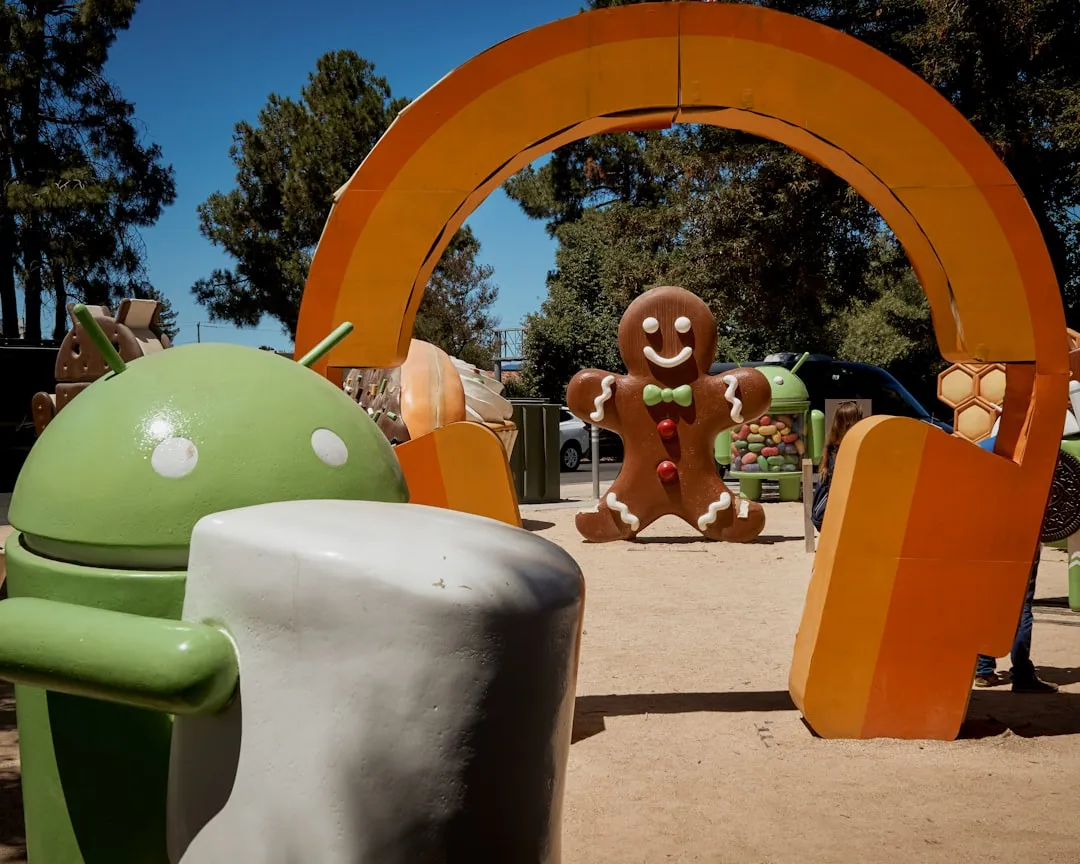



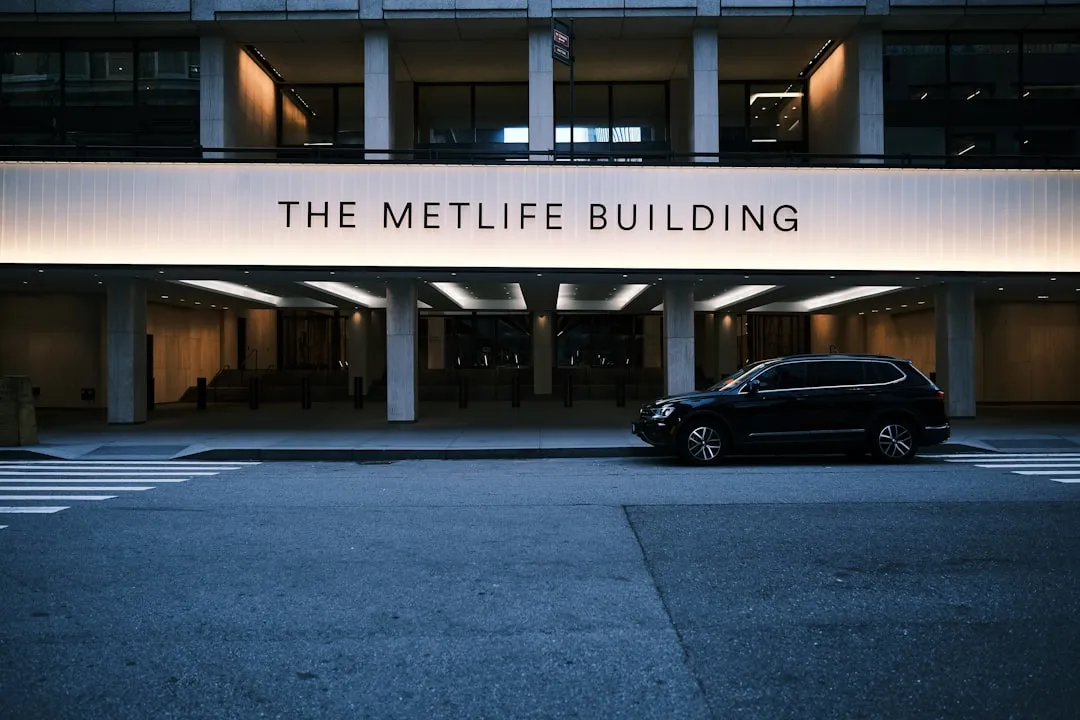



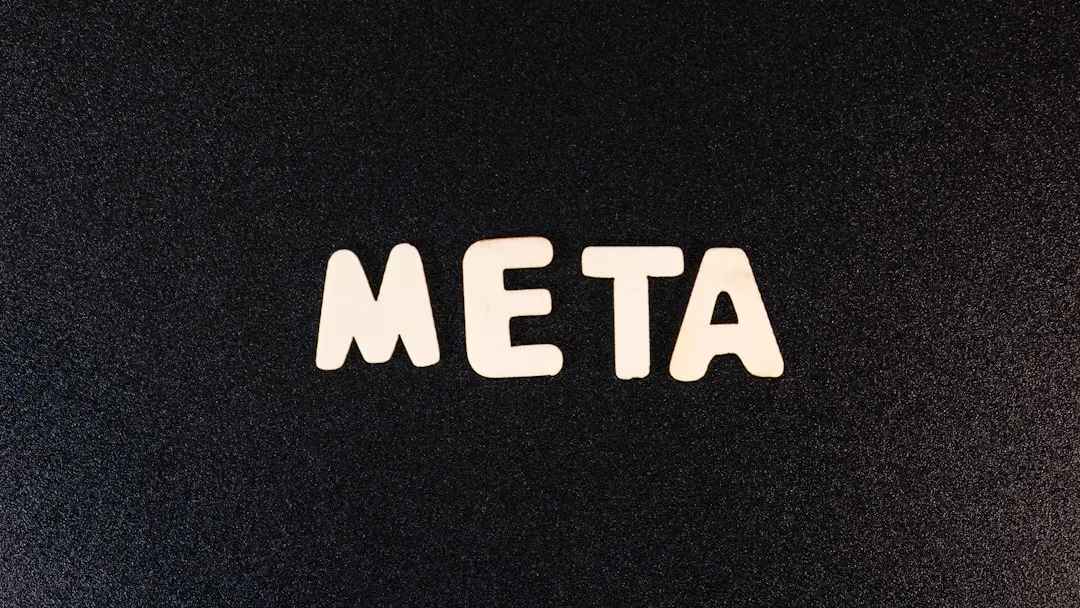
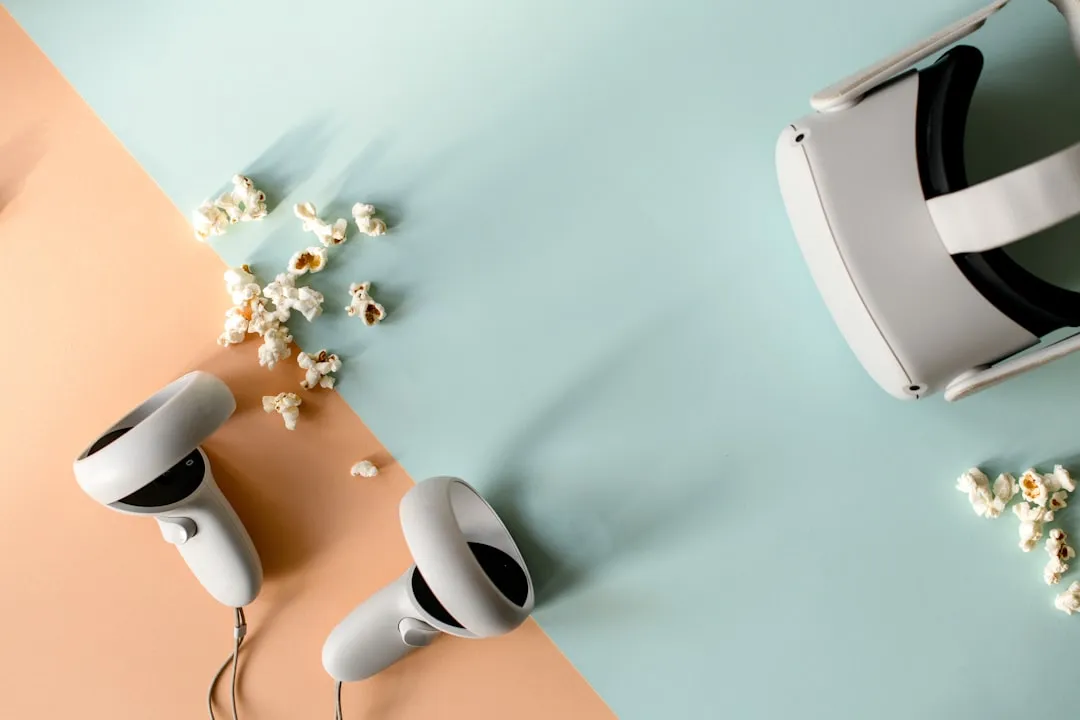

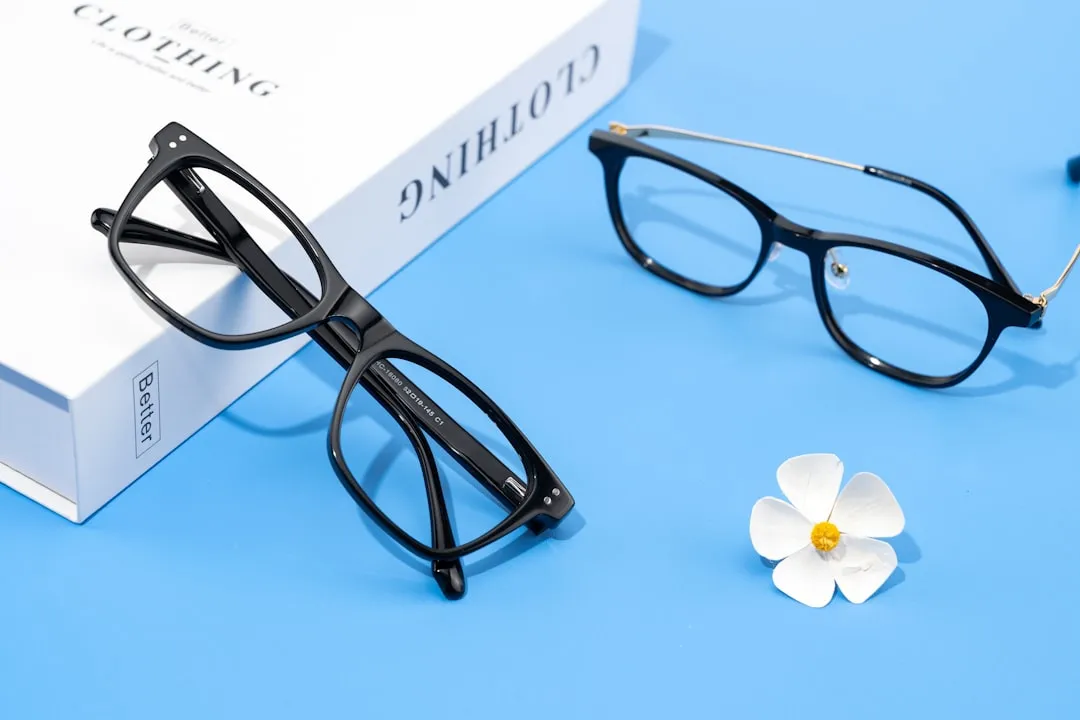

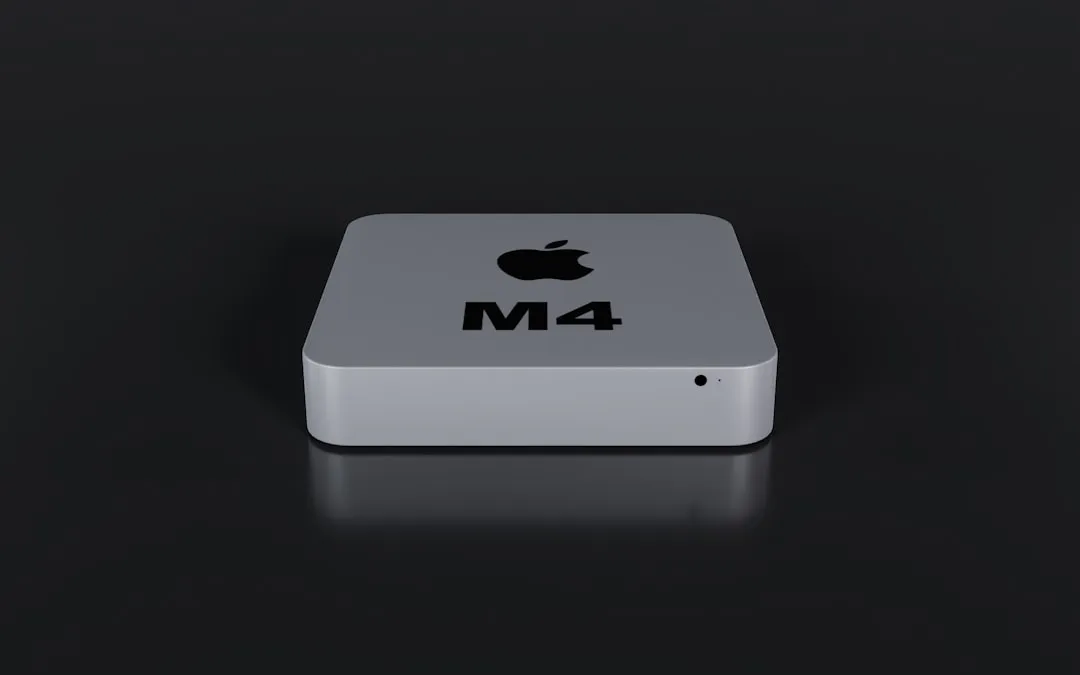
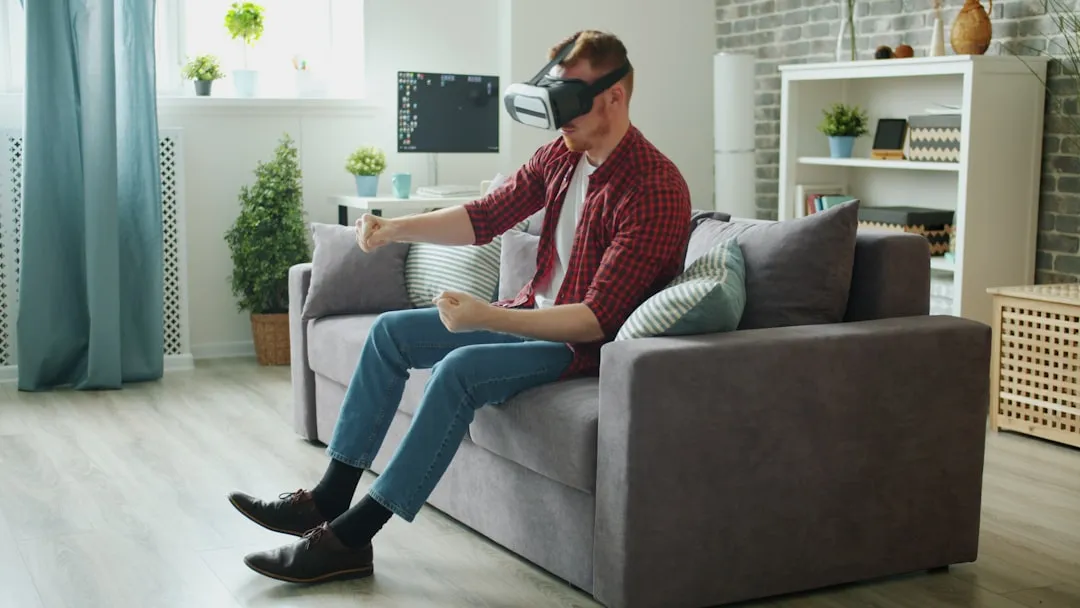
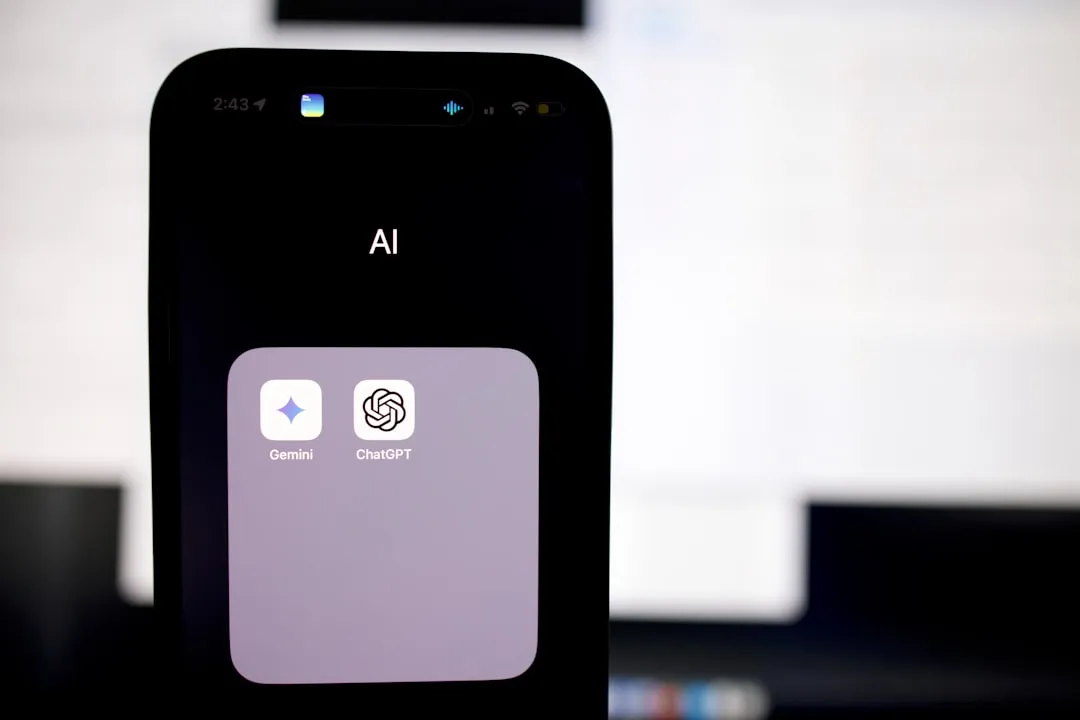
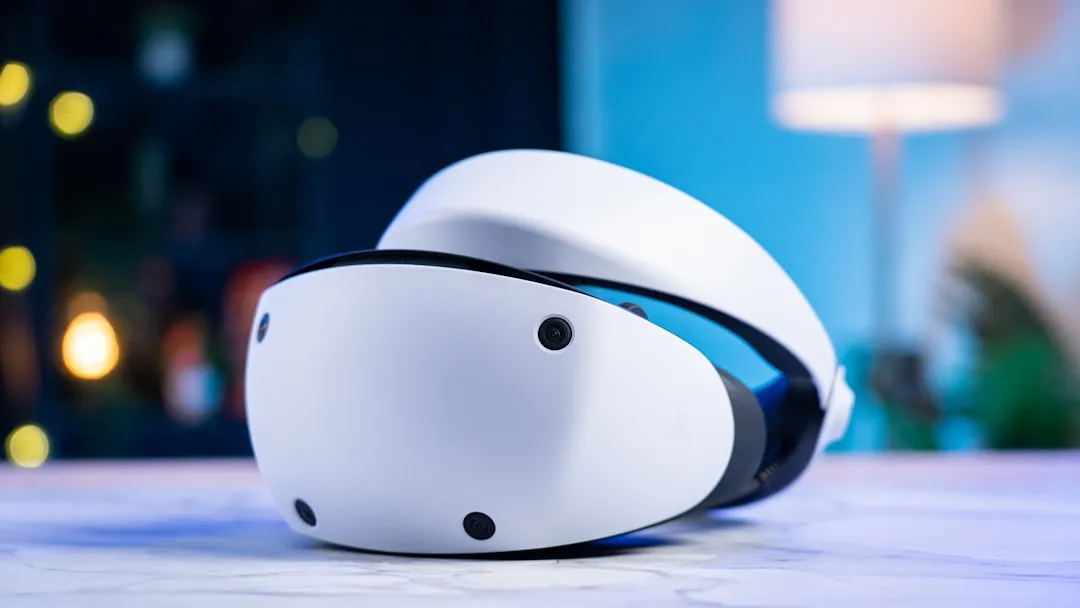

Comments
Be the first, drop a comment!